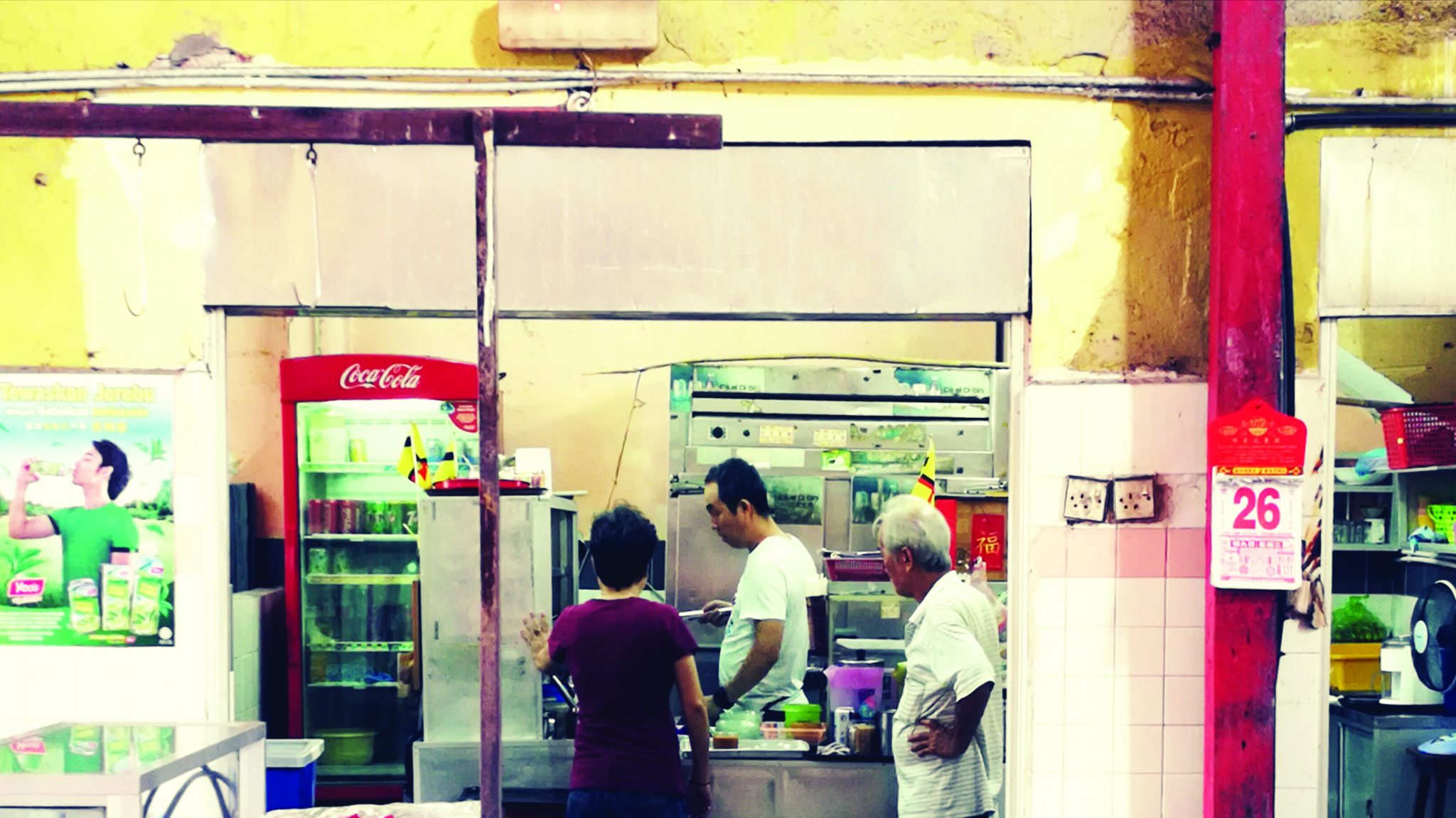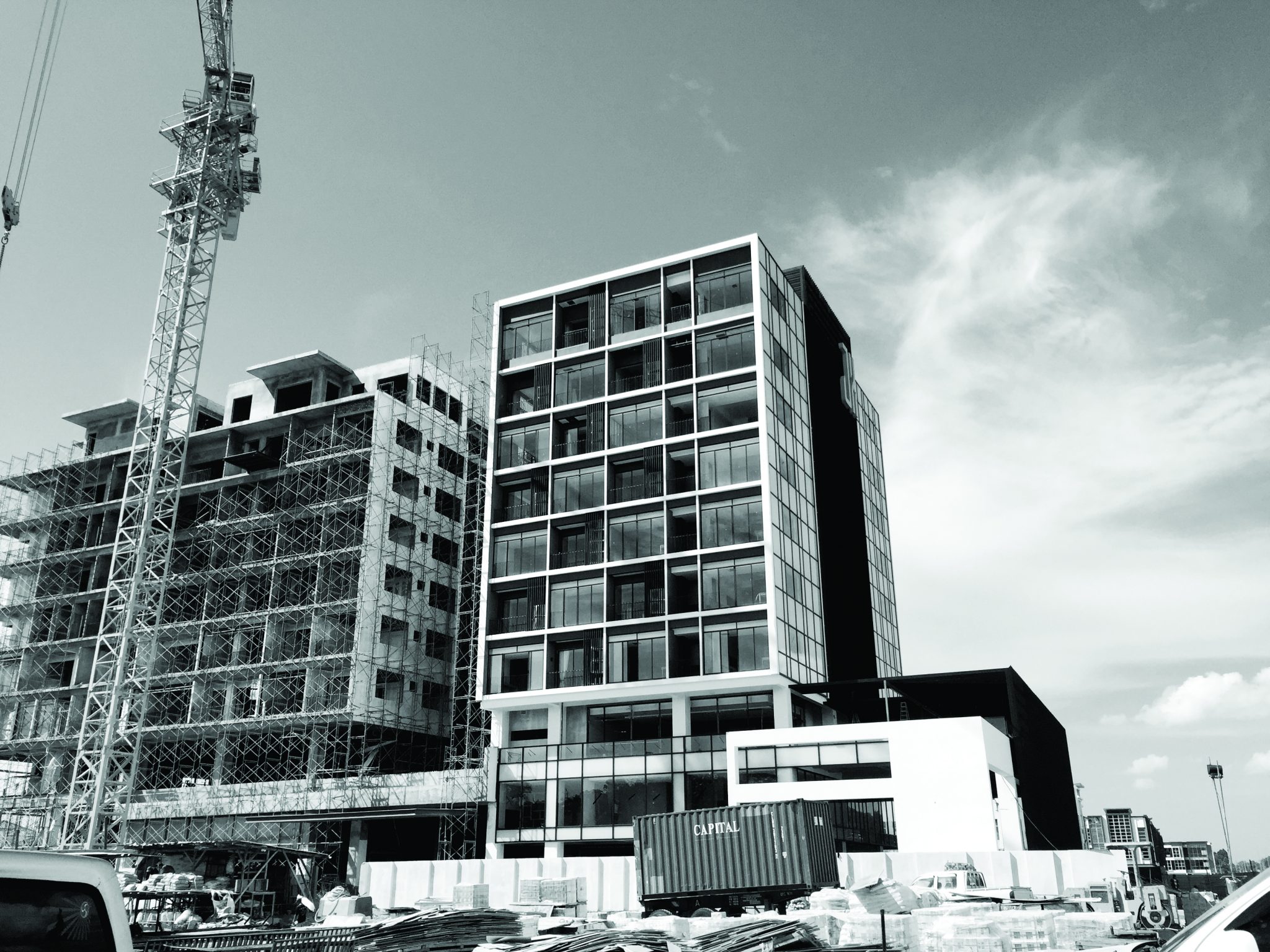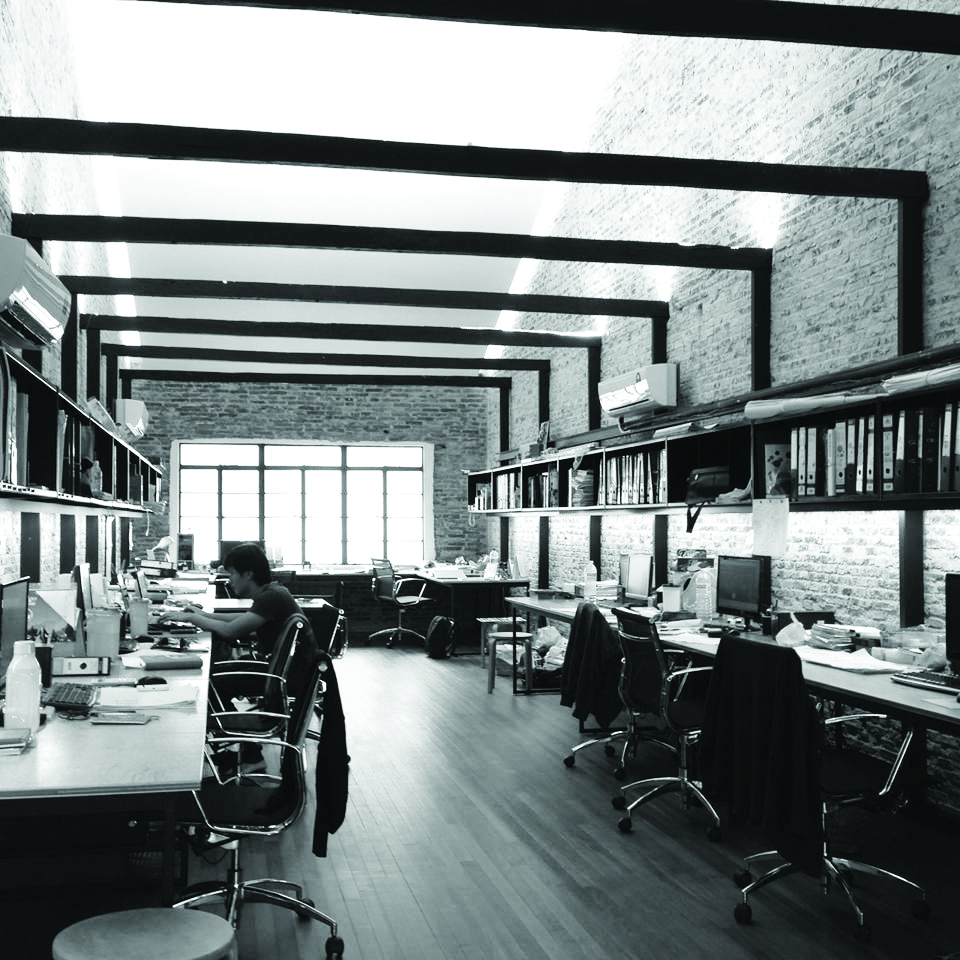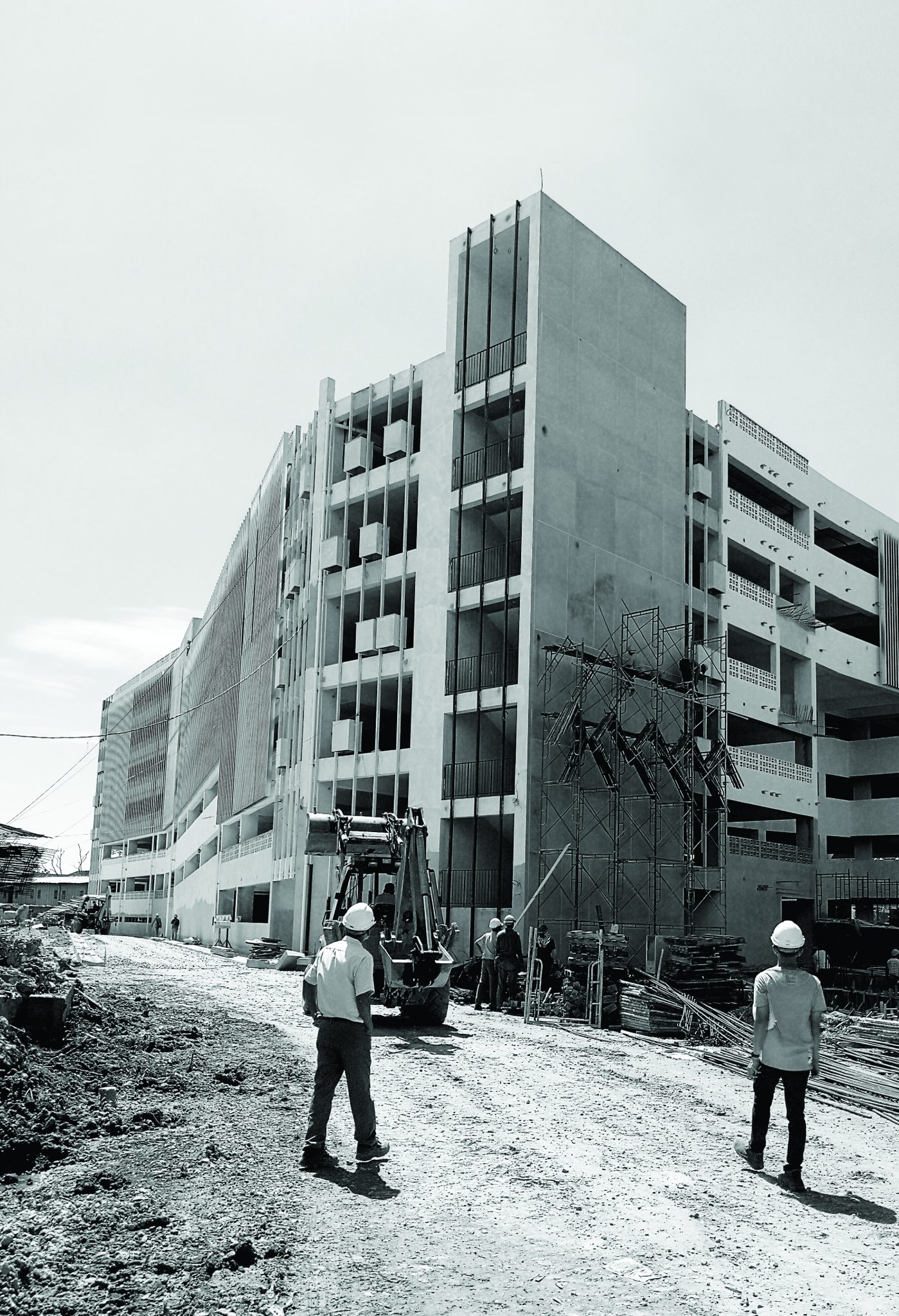Collaboration is where two or more people or organizations work together to realize or achieve something successfully. Collaboration is very similar to, but more closely aligned than, cooperation. Most collaboration requires leadership, although the form of leadership can be social within a decentralized and egalitarian group. Teams that work collaboratively can obtain greater resources, recognition and reward when facing competition for finite resources.
Structured methods of collaboration encourage introspection of behavior and communication. These methods specifically aim to increase the success of teams as they engage in collaborative problem solving.
This is the definition from Wikipedia.
Last week, I was given the grassroots definition the morning by the lady who brings me my morning coffee at Lau Eya Kheng (Carpenter Street). The drinks stall was handed down to her and her siblings by their father. She started by asking if I preferred her drinks or her brother’s. I wasn’t aware that there were two sets of ‘baristas’ and said so. She then pointed out that there are two fridges in the stall – one for each ‘company’. Other than that, they share everything :
1) crockery/ equipment – they keep track of breakages and pro rata the replacement cost each year end.
2) shifts – they alternate between two shifts: 6 a.m. to 3 p.m. and 3 p.m. to midnight.
3) staff – they share one waitress, who works from 6 a.m. till 1 p.m
4) and most importantly, rental. I was told that Line Clear in Penang works 3 eight-hour shifts. That’s really making full use of your rental.
Can architects collaborate in a similar manner? Not just for a project or a competition, but over the long term with a framework for sharing work, workload, and fees (a potentially sticky issue).
The most common type of collaboration is usually for design competitions – where several firms get together to flex collective design muscles and see what eventuates. It’s often a short, intense and rewarding affair – like a summer fling – fun while it lasted, no commitments, but not sustainable.
More sustainable types of collaborations take several forms, such as local architectural firms who work as the ‘submitting architect’ for their West Malaysian or foreign counterparts. They often carry on to be the contract administrator and see the project built. Some local practices routinely play this role, becoming quite astute at it; creating a niche for themselves.
There are also instances where two local architects collaborate to carry out a project; capitalising on each other’s strengths. One party initiates the design concepts and develops the design for the other party to carry through to construction and certification. This usually happens on a project-to-project basis – when work load needs to be shared, or the client is looking for fresh ideas but not wanting to engage ‘untested’ architect.
 Time share ‘baristas’ at Carpenter Street, Kuching.
Time share ‘baristas’ at Carpenter Street, Kuching.
 The JHotel, Miri.
The JHotel, Miri.
 Interiors of the JHotel.
Interiors of the JHotel.
 The Design Collective office at 44 Upper China Street.
The Design Collective office at 44 Upper China Street.
 Bagan Hospital Expansion – our other collaborators include the medical planner and the client’s in-house team.
Bagan Hospital Expansion – our other collaborators include the medical planner and the client’s in-house team.
 The Citadel – We worked with Tan Ee Kheng on a design competition for an aged care facility in Singapore.
The Citadel – We worked with Tan Ee Kheng on a design competition for an aged care facility in Singapore.
There is another type of collaborative practice where two or more entities share work, staff, premises, equipment and fees, and most
importantly, a common design goal. This is the type of practice that l am presently in. It gives a sole proprietor with a small office, (like myself) not only contemporaries for discourse and debate but other benefits as well :
– a shared income; fees from ‘their’ projects tide me over when my cash flow is low, and vice versa.
– shared staff; we both keep small staff numbers but this number can double when we need to meet a short date line.
– a more diverse client base, which results in a healthier portfolio. A combined portfolio and website gives us better standing in the eyes of potential clients.
– shared responsibility; I have someone to keep an eye on ‘things’ while I take my holidays. (and vice versa, of course).
– shared equipment, premises, data base, and the list goes on.
Naturally there are potential pitfalls in every partnership, these typically stems from lack of clarity and transparency in the relationship. Some areas of potential conflict (and their solutions) are :
A) Fees – and how to share it. It can be decided on a project to project basis but must be agreed at the beginning of the project. Before appointment by the client.
B) Workload – this depends on how the scope is split. The qualified person submitting the plans should be remunerated accordingly – it’s only fair.
C) Design direction – this can be very subjective. In our practice, everyone big big small small can comment on not only the design, but most aspects of the project, but the one holding the pencil and drawing until the end has the final say.
D) Expenses – in this area, it’s best not to sweat the details. Split the cost, square the differences with a free meal here and there. It works well in our Asian culture.
After a few projects, there should be a common understanding of how fees (and responsibilities) are shared.
A clever person once said, ‘I’m always better in a team’.
I agree.
Min






